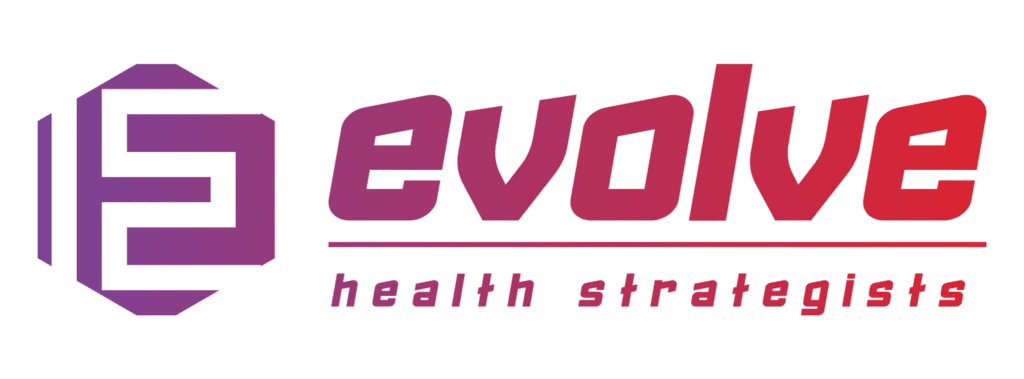
Challenges with healthcare disparities are not new to the American healthcare delivery system. In fact, it has become a hot topic in the healthcare arena.
Forbes introduced the notion that “health inequities could cost the U.S. $1 Trillion by 2040.” The U.S. has been researching, evaluating, proposing, and implementing solutions for decades. So, why do health inequities still exist at an alarming rate? Not only do these disparities affect the health of marginalized communities, but it also reduces the health of our nation and increases healthcare costs. What is health equity? What are healthcare disparities? What are the causes of health disparities? How can we address it?
THE WHY?
Addressing healthcare disparities is important as a social initiative and improving the population’s overall health while reducing associated costs. According to the Institute for Healthcare Improvement (IHI), the U.S. healthcare system is the costliest in the world. The Triple Aim was created as a framework to address this issue. The IHI concluded that improving the patient experience, health of the population and reducing cost would improve our nation’s health and lessen the expense burden.
The Triple Aim is now the Quintuple Aim, the framework undergoing several iterations since its inception in 2007. The Quintuple Aim includes health equity as a component to produce improved patient outcomes. Social determinants of health account for many undesirable health outcomes and needs addressing to produce positive solutions for health-related initiatives. Identifying and creating a plan to address health disparities will directly affect our nation’s health while driving social equity amongst the population.
HEALTH EQUITY VS. HEALTHCARE DISPARITY
Healthcare delivery is not experienced equitably by all populations. Healthcare disparities relate to the gap between health and healthcare among minority populations that is the result of a myriad of reasons. Those gaps include how these minority groups can obtain healthcare, the interactions with healthcare providers, and the overall healthcare system.
Health Equity is defined by Healthy People 2030 as “the attainment of the highest level of health for all people. Achieving health equity requires valuing everyone equally with focused and ongoing societal efforts to address avoidable inequalities, historical and contemporary injustices, and the elimination of health and health care disparities.”
Inversely, Healthcare Disparity is defined as “a particular type of health difference that is closely linked with social, economic, and/or environmental disadvantage. Health disparities adversely affect groups of people who have systematically experienced greater obstacles to health based on their racial or ethnic group; religion; socioeconomic status; gender; age; mental health; cognitive, sensory, or physical disability; sexual orientation or gender identity; geographic location; or other characteristics historically linked to discrimination or exclusion.”
CONTRIBUTING FACTORS OF HEALTHCARE DISPARITIES
Social Determinants of Health (SDOH) are key drivers in health inequities. Social determinants of health such as socioeconomic status, linkage and access to healthcare, environment, lack of education and health literacy contribute to these disparities. Another culprit that negatively affects health disparities is stigma.
Socioeconomic Status
Those in poverty, about 11.6% of the U.S. according to the Census Bureau, are directly and disproportionately affected by healthcare disparities. When it costs more for services to see a provider or pay for prescription drugs, these needs are not met for those with limited resources. How can they afford it? People who live in poverty tend to be less healthy than those with higher incomes and therefore need more medical care. However, these individuals are often unable to afford insurance premiums and copayments, and research shows that they may forgo necessary medical treatment as a result of required cost-sharing.
Access
Access to healthcare varies amongst the population, as are challenges related to healthcare coverage and availability of healthcare providers for the uninsured and underinsured. Although the Affordable Care Act increased the number of individuals insured in the nation, the gap was not closed for those who remain underinsured or uninsured. As reported by the Department of Health and Human Services, roughly 8% of the nation is uninsured. Lack of coverage disables individuals from seeing providers and specialists. Even when a provider will provide care to these individuals, the delay of care may be longer wait times due to the limited availability on provider schedules for patients with limited payment options.
Physical barriers, such as transportation, can affect an individual’s ability to receive care. Not only does transportation pose a problem for those in rural areas, it affects those in urban areas as well. Albeit even if providers are available, if an individual does not have reliable transportation, their care can be delayed.
Environment
Many health outcomes result from personal choices, like eating healthy foods or getting enough exercise. Many of those choices are shaped, influenced, or made due to a person’s environment. For example, an individual may live in a food desert. The USDA reported that 17.4% of the U.S. population do not have close access to a grocery store. This prevents them from having access to buy health food choices. If the area in which an individual lives does not have sidewalks or parks, it may be challenging for them to have an area to exercise or increase their physical activity. There may also be geographical barriers to obtain assistance from a healthcare provider due to shortages of healthcare professionals in rural areas. The National Rural Health Association reported that 19.3% of the population live in rural areas, and there are only 13.1 physicians per 10,000 people in those areas versus 31.2 in urban areas.
Education
Lack of education is another component of social determinants of health. Education affects health literacy and socioeconomic status which further exacerbates healthcare disparities. According to the U.S. Department of Education, as reported by USA Today, nearly 130 million American adults read below a sixth-grade level. Education has a strong linkage with poor health outcomes. Lack of health literacy and the ability to understand health information can result in an individual making uninformed decisions about their health.
Stigma
Stigma is “a powerful social process characterized by labeling, stereotyping, and separation, leading to status loss and discrimination, all occurring in the context of power.” Oftentimes, when an individual has a stigma attached to them, they are treated differently. In the healthcare arena, this can result in implicit biases. At times, this leads to individuals receiving different treatment modalities that are unaligned with evidence-based care, thus resulting in a healthcare disparity. Common stigmas are related to racism, sexism, ageism, ableism, classism, sexual orientation, or gender identities.
WHAT IS THE SOLUTION?
Leveling the Effects of Socioeconomic Statuses
Research has shown that socioeconomic status has a large impact on health. Improving secure lifestyles for individuals such as access to healthy foods, transportation, housing, and employment will allow individuals to focus on their health (i.e. improved diets and increased access to healthcare). The U.S. has an opportunity to adopt initiatives to close wage gaps and enhance governmental benefits for those in need.
Expand Access to Health Care
Helping ensure individuals can see a medical professional when they are sick is important for reducing health disparities. Perhaps equally important is their ability to see a doctor when they’re healthy. Many medical issues in the U.S. could be prevented with routine, preventive care like health screenings, vaccinations, and lifestyle changes. The U.S. may consider new payment models for healthcare and continue support of public health entities. The promotion of telemedicine was successful and innovative with the COVID-19 pandemic. This innovation must be fostered to ensure it is accessible to all and will ultimately decrease barriers of access. Investing in community health workers and population health professionals to improve care coordination would promote the primary prevention of disease processes.
Improving the Attainment of Education
Investing in education could help close health gaps. Individuals with education tend to have greater health literacy, allowing them to make more informed decisions about their health. Not only does education enhance health literacy, but it promotes self-advocacy for health-related questions by the individual. Continued governmental support to make education affordable and accessible will help alleviate this challenge.
Reducing Stigma
Healthcare professionals can reduce stigma in the healthcare setting by being aware of their implicit biases. They can foster an environment of inclusivity regardless of an individual’s differences. Furthermore, treatment modalities should be consistent amongst all individuals. Healthcare entities can adopt diversity, equity and inclusion initiatives in their organizations. This will foster education among staff and promote positive relationships with diverse individuals.
Addressing healthcare disparities is a complex challenge. There is a multitude of reasons why they exist, and the solutions require societal reform on many levels. Healthcare disparities greatly impact the cost of and status of healthcare in the U.S., and transformation needs to occur to address this matter.



